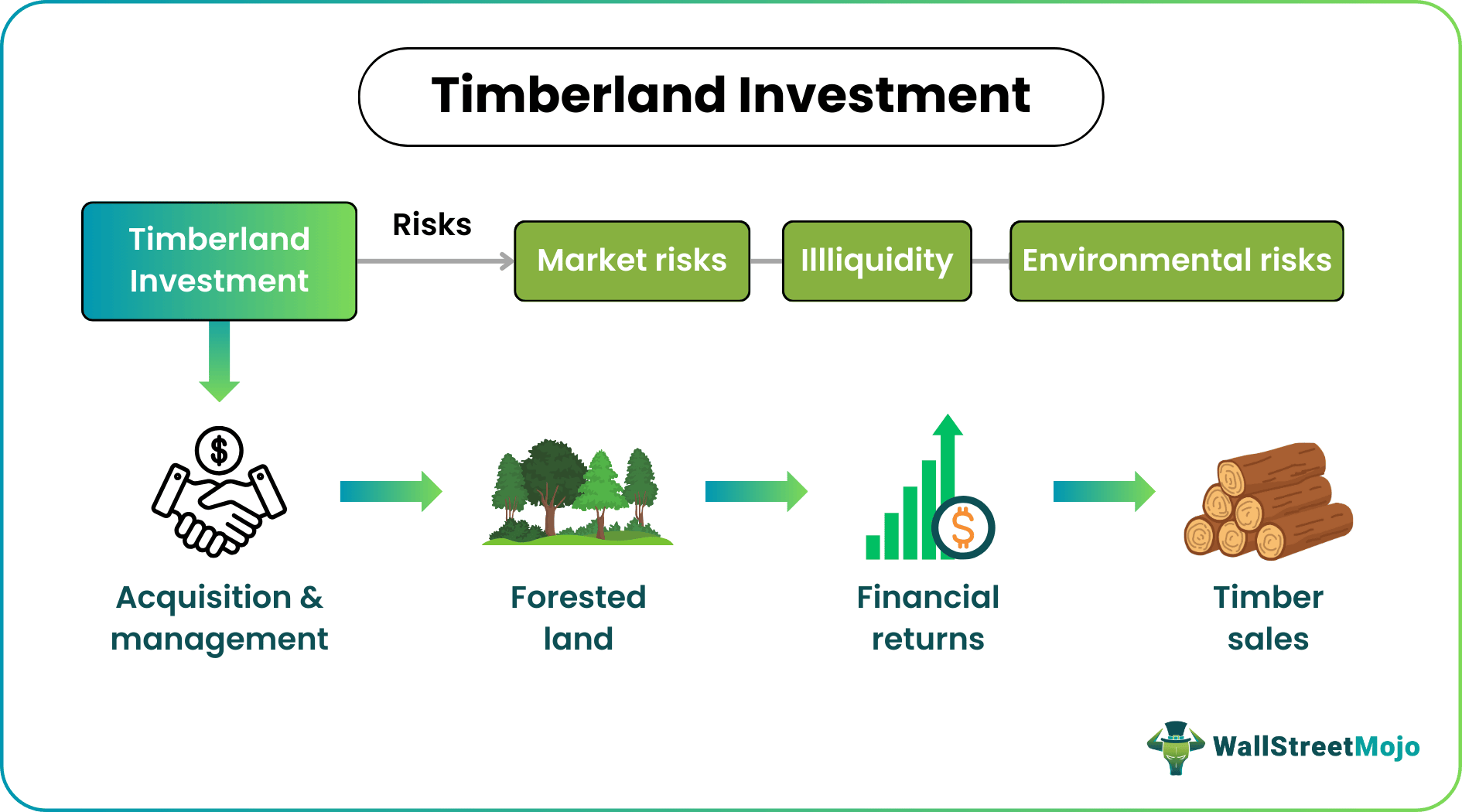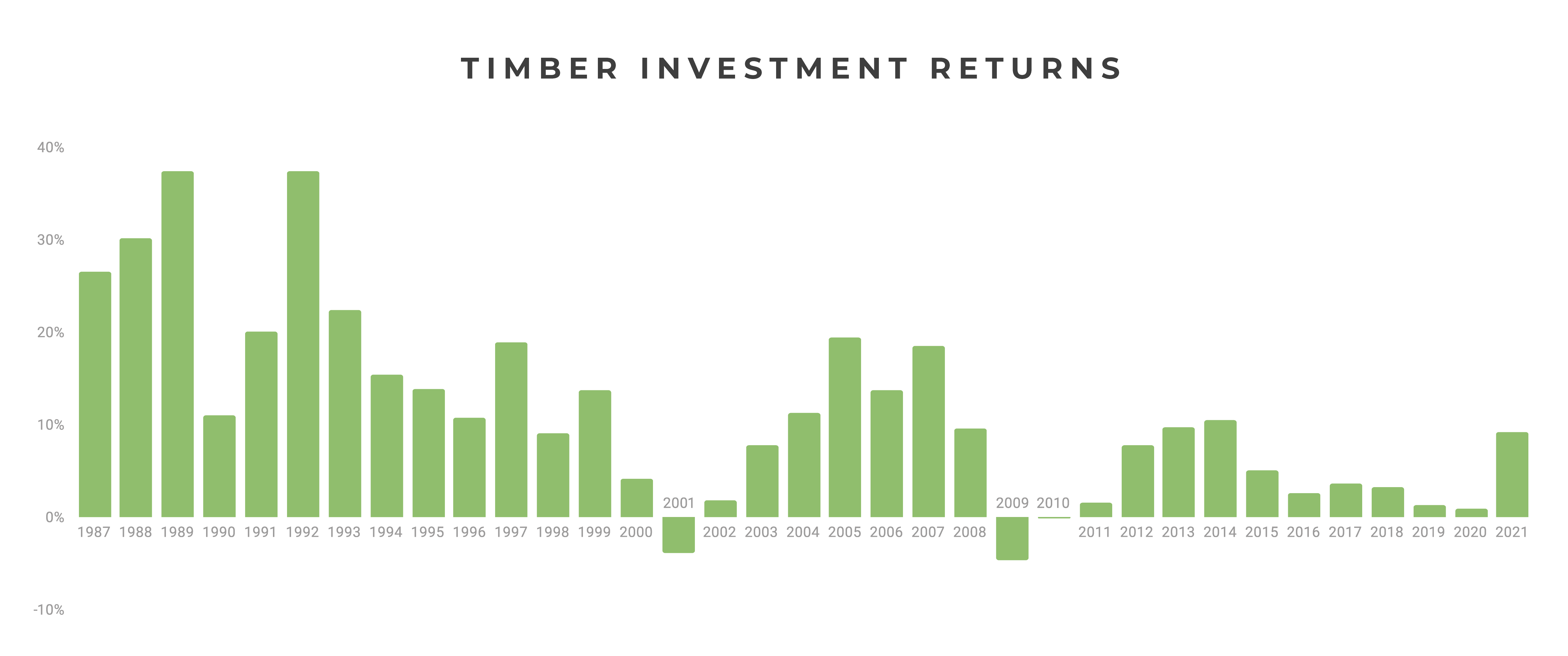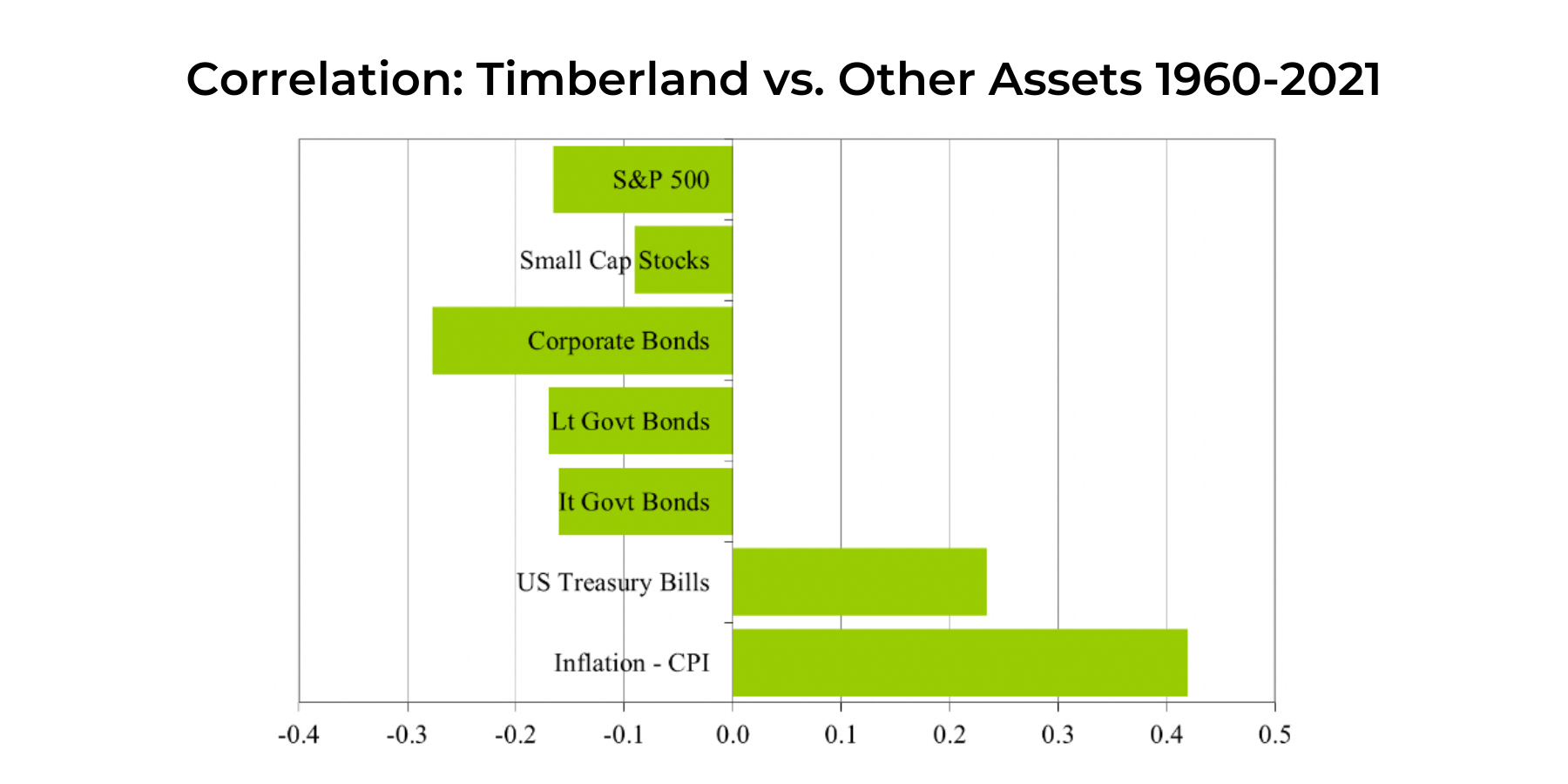Absolutely. Here’s a 3000-word article about investing in timberland, with list items converted to headings:
Timberland, a tangible asset with a long history, presents a compelling investment opportunity for those seeking diversification, inflation hedging, and long-term growth. While often overlooked in favor of more traditional investments like stocks and bonds, timberland offers unique characteristics that can enhance a portfolio’s resilience and returns. This article explores the intricacies of timberland investing, examining its benefits, risks, and strategies for success.

Timberland investing involves acquiring land primarily for growing and harvesting timber. This asset class possesses several distinct advantages:
Tangible Asset with Intrinsic Value
Unlike intangible assets like stocks, timberland is a physical asset with inherent value. Trees grow over time, increasing in volume and quality. This growth translates to increased value, even during periods of economic uncertainty.
Inflation Hedge
Timber prices tend to rise with inflation. As the cost of goods and services increases, so does the demand for lumber and other wood products, driving up prices. Timberland, therefore, acts as a natural hedge against inflationary pressures.
Diversification Benefits
Timberland exhibits low correlation with traditional asset classes. This means that its performance is often independent of stock and bond market fluctuations. Including timberland in a portfolio can reduce overall volatility and enhance diversification.
Biological Growth and Carbon Sequestration

Trees naturally grow and appreciate in value. This biological growth is a consistent and predictable factor in timberland returns. Additionally, forests play a crucial role in carbon sequestration, making timberland a potentially sustainable and environmentally responsible investment.
Tax Advantages
Timberland investments can offer various tax benefits, including favorable capital gains treatment and deductions for certain management expenses.
While timberland offers numerous benefits, it’s essential to understand the potential risks:
Market Volatility

Timber prices can fluctuate due to changes in supply and demand, economic conditions, and housing market trends. Understanding market dynamics is crucial for timing harvests and maximizing returns.
Natural Disasters
Forests are vulnerable to natural disasters such as wildfires, hurricanes, and insect infestations. These events can cause significant damage and financial losses.
Long-Term Investment Horizon
Timberland is a long-term investment. Trees take decades to mature, and returns are typically realized over extended periods. Investors must be patient and have a long-term perspective.
Liquidity Challenges
Timberland is a relatively illiquid asset. Selling large tracts of land can take time and effort, and finding buyers may be challenging in certain market conditions.
Management Costs
Owning timberland involves ongoing management costs, including property taxes, insurance, and forestry management expenses. These costs can impact overall returns.
Regulatory and Political Risks
Changes in environmental regulations, trade policies, and political climates can affect timberland values and profitability.
To mitigate risks and maximize returns, investors should consider the following strategies:
Due Diligence and Land Selection
Thorough due diligence is essential before acquiring timberland. Factors to consider include soil quality, tree species, growth rates, access to markets, and potential for future development. Selecting high-quality land with favorable growth characteristics is crucial.
Forest Management Planning
Developing a comprehensive forest management plan is vital for maximizing timber production and maintaining forest health. This plan should include strategies for planting, thinning, harvesting, and pest control.
Diversification of Species and Age Classes
Diversifying tree species and age classes can enhance resilience and reduce risks. Different species have varying growth rates and market demands, and a mix of age classes ensures a steady flow of timber harvests.
Strategic Harvesting and Marketing
Timing harvests strategically to capitalize on market conditions and maximizing timber value through effective marketing are essential for maximizing returns.
Professional Forestry Management
Engaging experienced forestry professionals can help optimize management practices, reduce costs, and enhance returns.
Utilizing Timberland Investment Management Organizations (TIMOs) and Real Estate Investment Trusts (REITs)
For investors seeking passive exposure to timberland, TIMOs and REITs offer diversified portfolios and professional management.
Investors can access timberland through various investment vehicles:
Direct Ownership
Purchasing and managing timberland directly provides maximum control and potential returns but requires significant capital and expertise.
Timberland Investment Management Organizations (TIMOs)
TIMOs manage timberland portfolios on behalf of institutional and individual investors. They offer professional management and diversification but come with management fees.
Real Estate Investment Trusts (REITs)
Timber REITs own and manage timberland and distribute income to shareholders through dividends. They offer liquidity and diversification but may have lower returns than direct ownership.
Private Equity Funds
Private equity funds specializing in timberland investments offer access to large-scale timberland portfolios and potential for higher returns but require substantial capital commitments and have longer lock-up periods.
Increasingly, investors are considering the environmental and social impact of their investments. Timberland offers opportunities for sustainable and responsible investing:
Sustainable Forest Management Certification
Certifications such as the Forest Stewardship Council (FSC) and the Sustainable Forestry Initiative (SFI) ensure that timber is harvested and managed sustainably.
Carbon Offsets and Credits
Forests play a vital role in carbon sequestration, and timberland owners can generate revenue through carbon offset projects.
Conservation Easements
Conservation easements protect forests from development and ensure long-term sustainability.
The future of timberland investing looks promising, driven by several factors:
Growing Global Demand for Wood Products
The global population is increasing, driving demand for lumber, paper, and other wood products.
Increasing Focus on Sustainable Building Materials
Wood is a renewable and sustainable building material, and its demand is expected to grow as the world seeks to reduce its carbon footprint.
Technological Advancements in Forestry
Technological advancements in forestry, such as precision forestry and remote sensing, are improving forest management practices and enhancing productivity.
Climate Change Mitigation
Forests play a crucial role in mitigating climate change by sequestering carbon.
Timberland investing offers a unique blend of tangible assets, inflation hedging, and diversification benefits. While it involves risks and requires a long-term perspective, strategic planning and professional management can lead to attractive returns. As the world increasingly focuses on sustainability and renewable resources, timberland is poised to become an even more compelling investment opportunity. By understanding the intricacies of this asset class and adopting sound investment strategies, investors can unlock the potential of timberland and enhance their portfolio’s resilience and long-term growth.
